What Hi-Fi? Verdict
It isn't a huge improvement upon its predecessor, but this affordable Sony projector is a home cinema gem
Pros
- +
Glossy HDR picture
- +
Excellent HD upscaling
- +
Insightful, cinematic image
Cons
- -
Nothing at this price
Why you can trust What Hi-Fi?
The Sony VPL-VW290ES is the entry-level machine in the native 4K projector space and, as such, the most affordable projector for anyone who’s serious about home cinema. If you’re looking to take your first steps into a wider world, then this could be your starting point.
Below the VPL-VW290ES are 3LCD and DLP projectors that use cheaper Full HD projector chips and some clever pixel-shifting technology to create a 4K on-screen image. They do a reasonable job, but in our experience, it’s not the same level as native 4K designs.
The VPL-VW290ES, like its more expensive Sony projector brethren, employs a trio of 4096 x 2160 resolution chips to ensure that every on-screen pixel has its own corresponding place on the projector panels. In the past, that has helped make for a sharpness and care with contrast that’s a huge step up from cheaper projectors, but now there’s a next-generation picture processor on board, promising added detail enhancement and improved HDR handling.
Pricing
The Sony VPL-VW290ES is priced at £5500, making it £500 more expensive than its predecessor at launch. In the US, this projector is known as the Sony VPL-VW325ES, where it also costs $5500.
Build
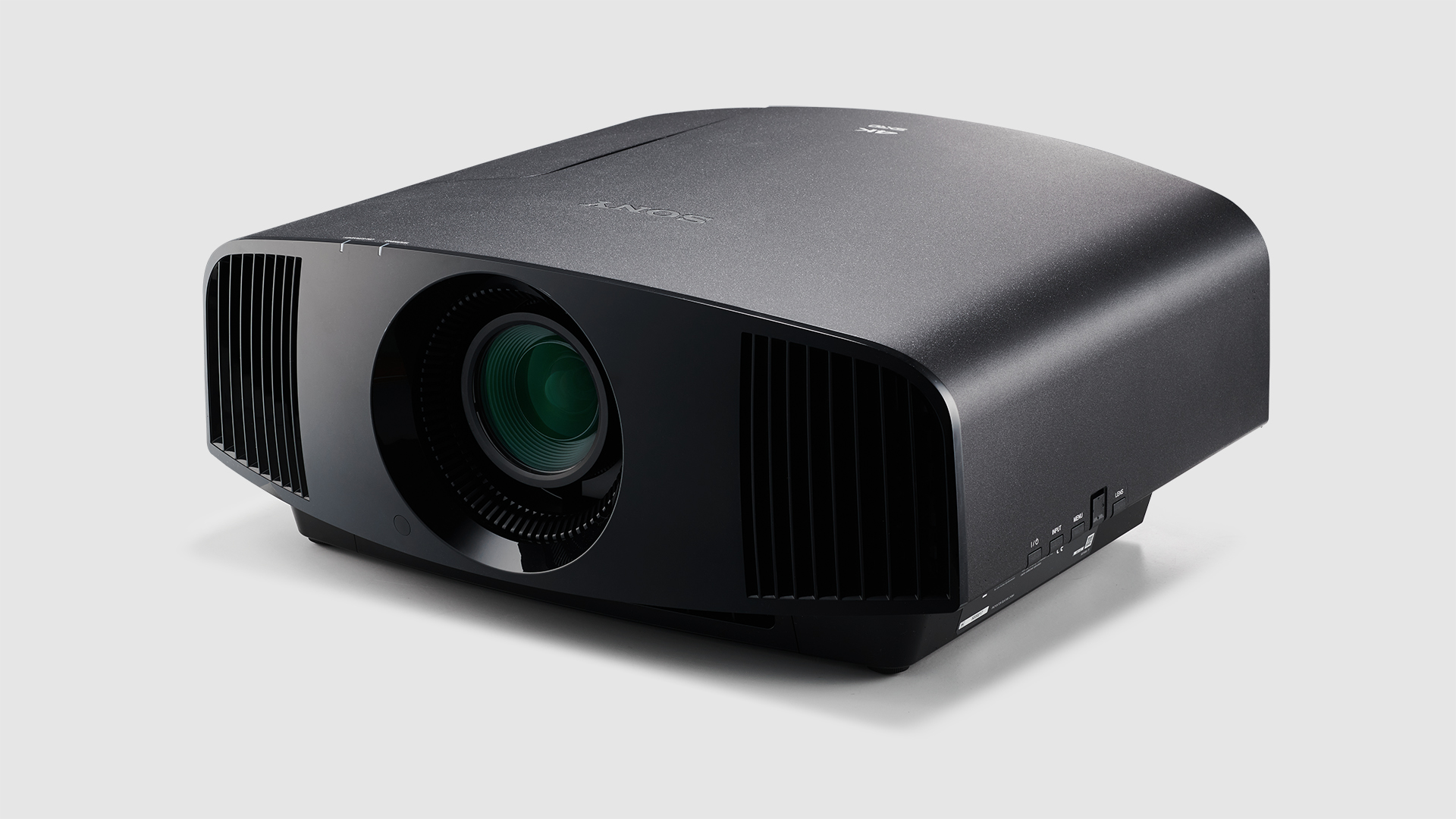
The Sony VPL-VW290ES replaces the What Hi-Fi? Award-winning Sony VPL-VW270ES as Sony’s entry-level 4K projector. The changes to the build are minimal. and, externally, there are no differences.
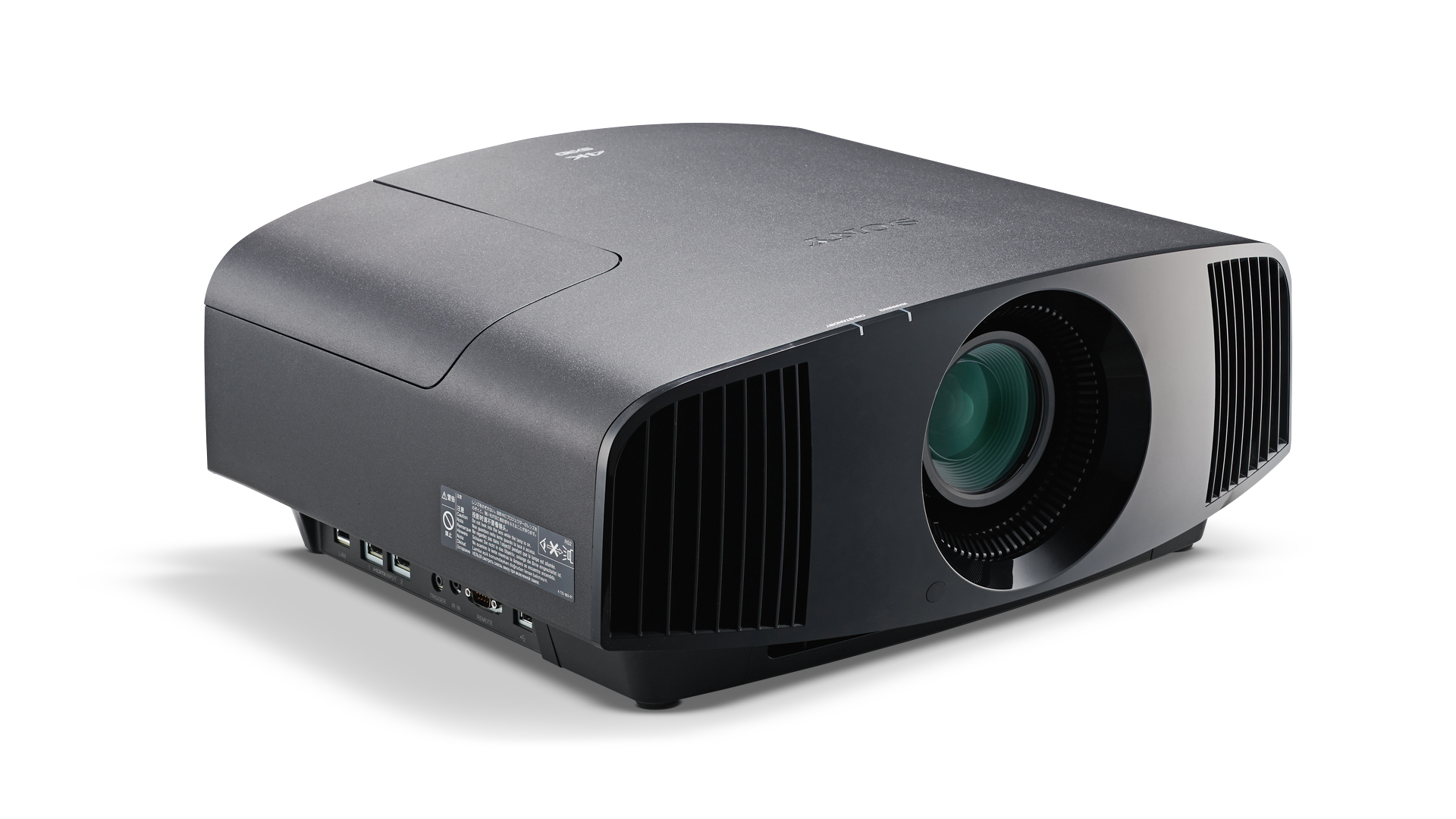
Inputs 2x HDMI 2.0, USB-A
Brightness 1500 ANSI-lumens
Screen size 60-300in
Throw ratio 1.38:1 to 2.83:1
Zoom x2.06
Lamp life 6000 hours (Low mode)
Dimensions (hwd) 21 x 50 x 46cm
Weight 14kg
The chassis is the same as before, measuring 21cm tall and 50cm wide and weighing 14kg. That’s a notable step up in size from the cheaper pixel-shifting Benq, Epson and Optoma alternatives and will require a proper AV rack or ceiling mounting rather than a coffee table or shelf. The ports and on-device buttons are found on one side. There are two HDMI 2.0 sockets and a USB-A input for your source material, plus an ethernet port for firmware updates.
The projection system doesn’t represent much of a departure for Sony either and that’s no bad thing. It begins with a 225W high-pressure mercury lamp with a 1500 ANSI-lumen output, claimed to last for 5000 hours of viewing at low brightness before it needs replacing. Expect to get around two-thirds of that amount if using the bulb at high brightness, which we would recommend.
The light is split into red, green and blue pathways, each of which reflects off a separate 4K SXRD panel before being recombined for image processing and focused through the x2.06 zoom aspherical lens. Those optics are motorised and remote controllable for focus, zoom and lens shift to give an on-screen picture of between 60in and 300in, depending on your projection distance.
Its 1.38:1 to 2.83:1 throw ratio means you can achieve a 100in picture from a distance of between 3m to 6.5m. Combined with the generous lens shift, there should be enough flexibility for most decent-sized rooms.
The picture settings are easy to control using the standard Sony projector remote. It’s backlit so you can use it in the dark and features shortcuts for most modes and options so that you don’t have to spend too much time in the menus.
Features
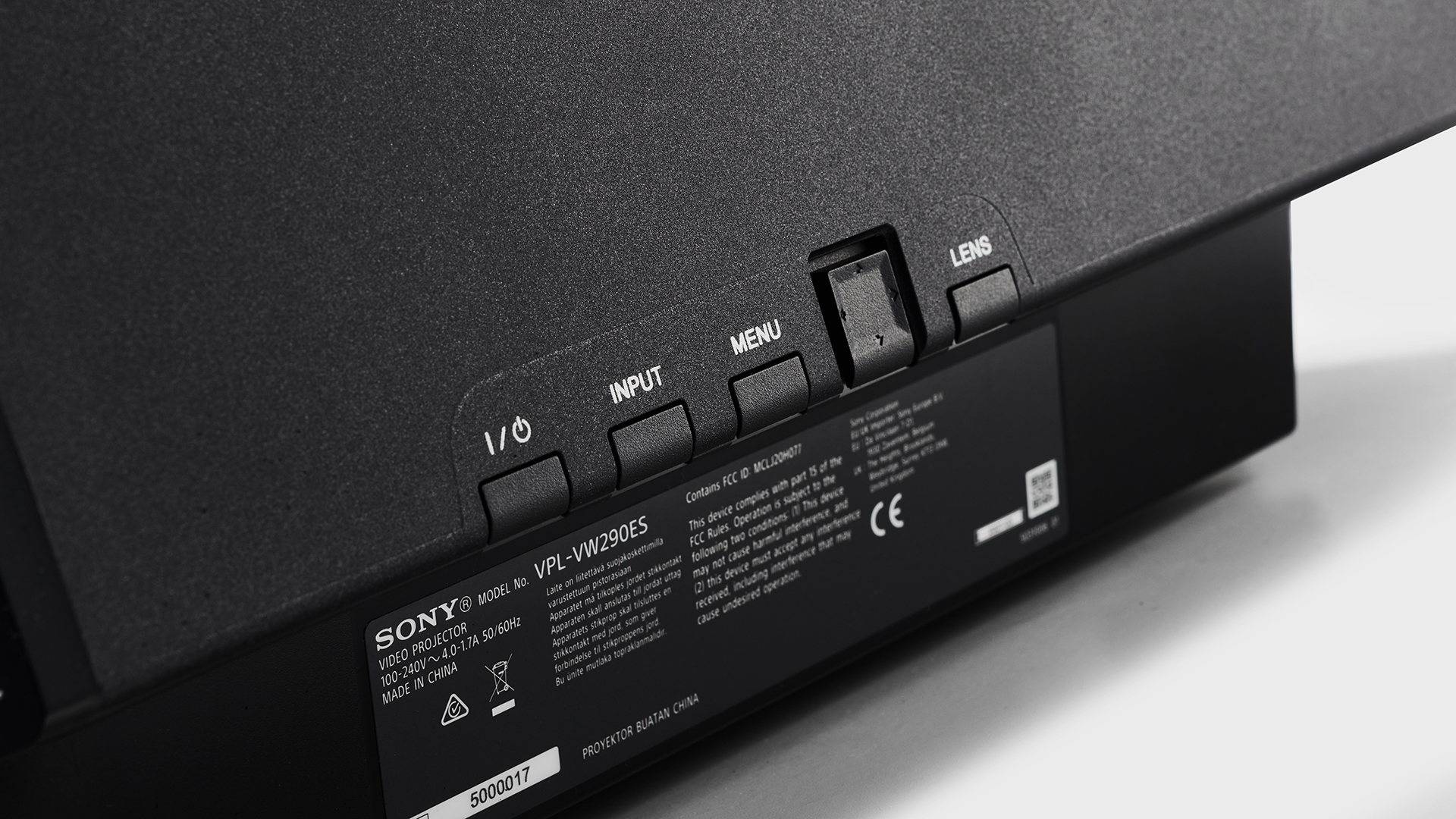
Sony’s SXRD projector panels are based on liquid crystal on silicon (LCOS) technology. It’s designed to take the best from LCD and DLP projector systems and avoid the worst of their compromises. Liquid crystal layers offer better sharpness, while reflective DLP chips provide better black depth and Sony has previously harnessed these aspects to great effect with its SXRD projectors.
New for the Sony VPL-VW290ES is the X1 for Projector picture processor. It’s based on the smarts of Sony’s 2020 Bravia TVs and is designed to boost HDR, picture detail and the motion processing of the latest range of SXRD projectors. In terms of menus and modes, it isn’t much different from the VPL-VW270ES, but the Super Resolution Reality Creation and Dynamic HDR Enhancer features should offer some improvements.
The first of those uses pixel-level analysis for sharpening texture and detail enhancements, and image upscaling. The second is a frame-by-frame analysis and adjustment of contrast levels to produce the optimum HDR look and feel. With upper-end SXRD models, there’s both an advanced iris for the lens and a controllable laser light source to work alongside the X1, but neither of these come fitted with this entry-level model.
The Sony VPL-VW290ES comes with a 3D emitter built-in. You’ll still need to buy your 3D glasses separately, though.
Picture
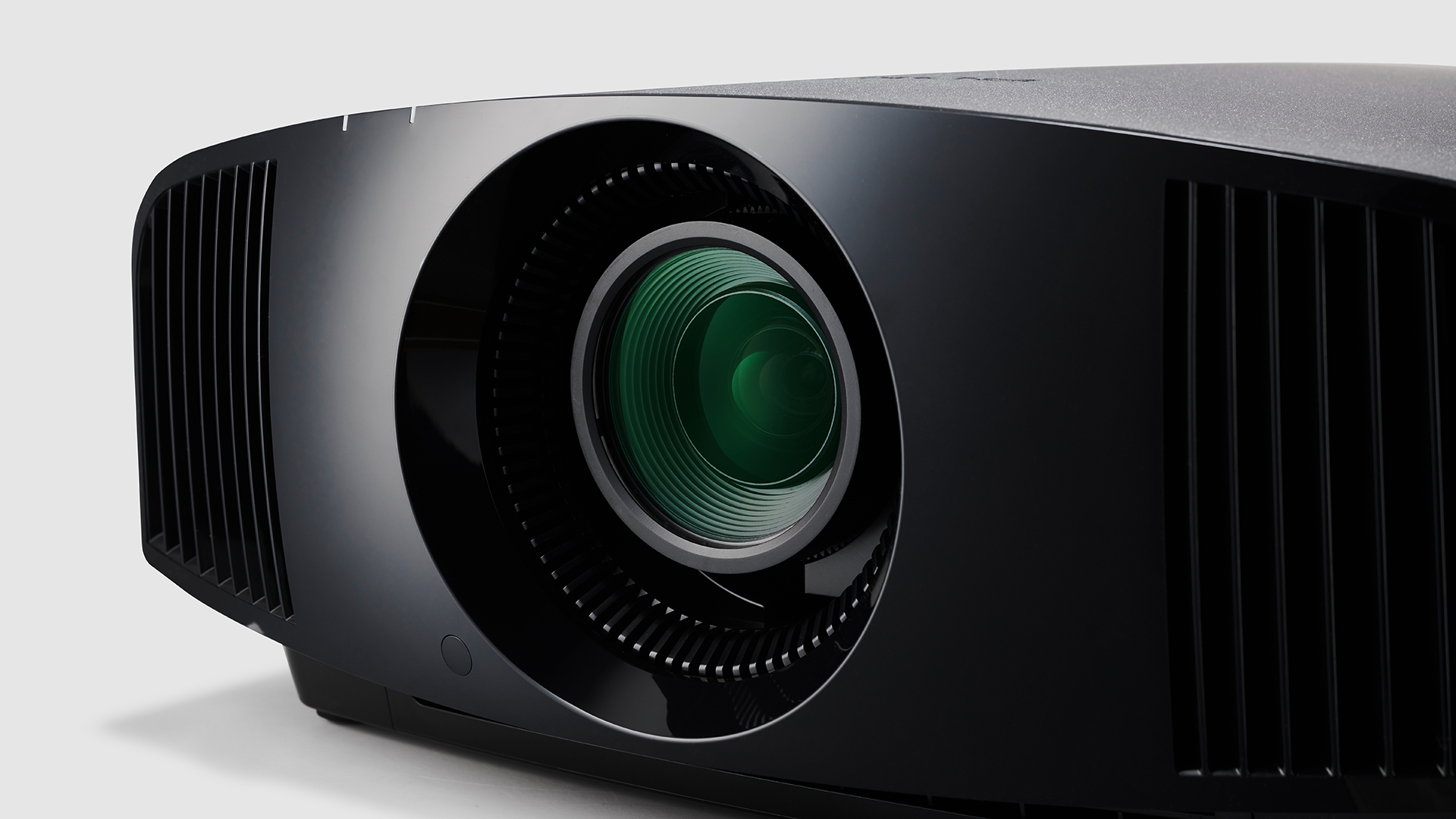
The Sony VPL-VW290ES is a huge step-up compared with the pixel-shifting 4K projectors we’ve seen. Watching Deadpool on 4K Blu-ray, every frame looks streets ahead of anything we’ve tested below this price point. Projectors don’t generally rival TVs for a strong, punchy HDR image, but there’s a gloss and a shine to the picture that represents a worthy improvement over the previous model.
Even the dark and dingy scenes in the underground workshop are brought to life with this SXRD projector’s improved contrast handling. Set the HDR Enhancer to Low while watching 4K material (upscaled Full HD is better with it set to Off) and there’s an excellent balance between dynamism and detail.
The sweat on our hero’s face, the creases of his shirt and even dim bulbs in the background are all delivered with expertise. This added skill with contrast gives the impression of more detail than its predecessor, though it’s just that the same available detail is being handled better.
It’s possible to aim for yet more detail with the Super Resolution system, but it creates a less authentic feel. One of the great pleasures of this projector is that there’s little you need to do to get a fantastic picture performance. Of the presets, Cinema Film 1, Cinema Film 2 and Reference are the best.
The first of these is the most dynamic and the others more natural, but select the User option and you’ll quickly reach nirvana. A light touch on the Brightness setting and quick play with the Sharpness slider is enough to get the optimum picture.
Another small but notable improvement is that the updated model now has a separate memory for HDR and SDR settings. Previously, switching between source material of different resolutions meant altering the calibration of the other, but that’s no longer an issue.
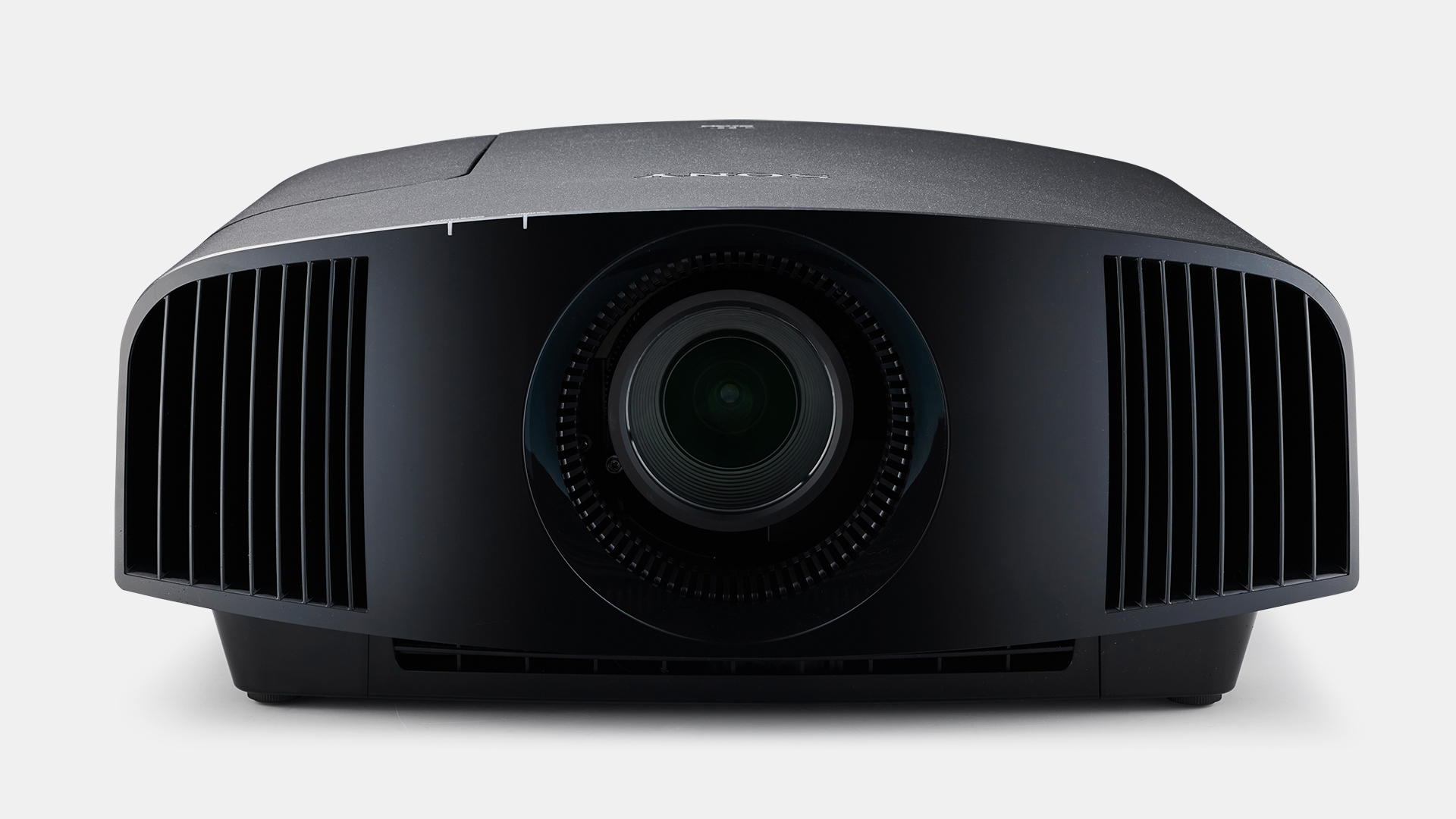
Stepping down to Full HD with 22 Jump Street on Blu-ray, we’re astonished at how well this projector can upscale. Playing the scene in Deputy Chief Hardy’s office, the disdainful-looking Nick Offerman is rendered in almost flawless fashion.
Naturally, that HDR edge isn’t there, but there’s no lack of detail on his face or the folds of his uniform, and his skin tone carries more nuance than we could hope for. It doesn’t take long before we give up looking for faults leaving us only to enjoy the comedy instead.
Even at standard-definition, things aren’t too bad. Watching Star Trek: Into Darkness on DVD, it’s rough on McCoy’s face and those of the primitive inhabitants of the planet Nibiru. The chase through the forest at the start of the film is understandably thin on detail too, particularly at that speed, but the more sedate scenes make surprisingly easy viewing.
Note that you’ll need to set the Sony to the Stretch aspect or get your player to do the upscaling to get the picture to fit the screen for SD. Once resolved, take the Colour setting down a little and you’ll find more natural tones than most devices manage at this resolution.
However, the VPL-VW290ES projector is not without its limitations. As expertly as it judges contrast, it’s not blessed with as much luminance as its bigger, pricier brothers and there’s a trade-off in dark detail to get that HDR feel. There’s a sense that things are going on in the shadows in the Deadpool scenes that aren't quite available with this entry-level native 4K machine.
Verdict
It’s easy to forget how good Sony’s native 4K projectors are, but the VPL-VW290ES is a great reminder of why it’s worth paying a premium over the pixel-shifting machines. It may not represent a huge improvement on its predecessor, but with a projector this affordable, its limitations are easy to overlook.
SCORES
- Picture 5
- Features 5
- Build 5
MORE:
Read our guide to the best projectors
Read our Sony VPL-VW590ES review
Read our JVC DLA-N5 review
Read our Sony VPL-VW270ES review
Read all our Home Cinema Week reviews and features
What Hi-Fi?, founded in 1976, is the world's leading independent guide to buying and owning hi-fi and home entertainment products. Our comprehensive tests help you buy the very best for your money, with our advice sections giving you step-by-step information on how to get even more from your music and movies. Everything is tested by our dedicated team of in-house reviewers in our custom-built test rooms in London, Reading and Bath. Our coveted five-star rating and Awards are recognised all over the world as the ultimate seal of approval, so you can buy with absolute confidence.


